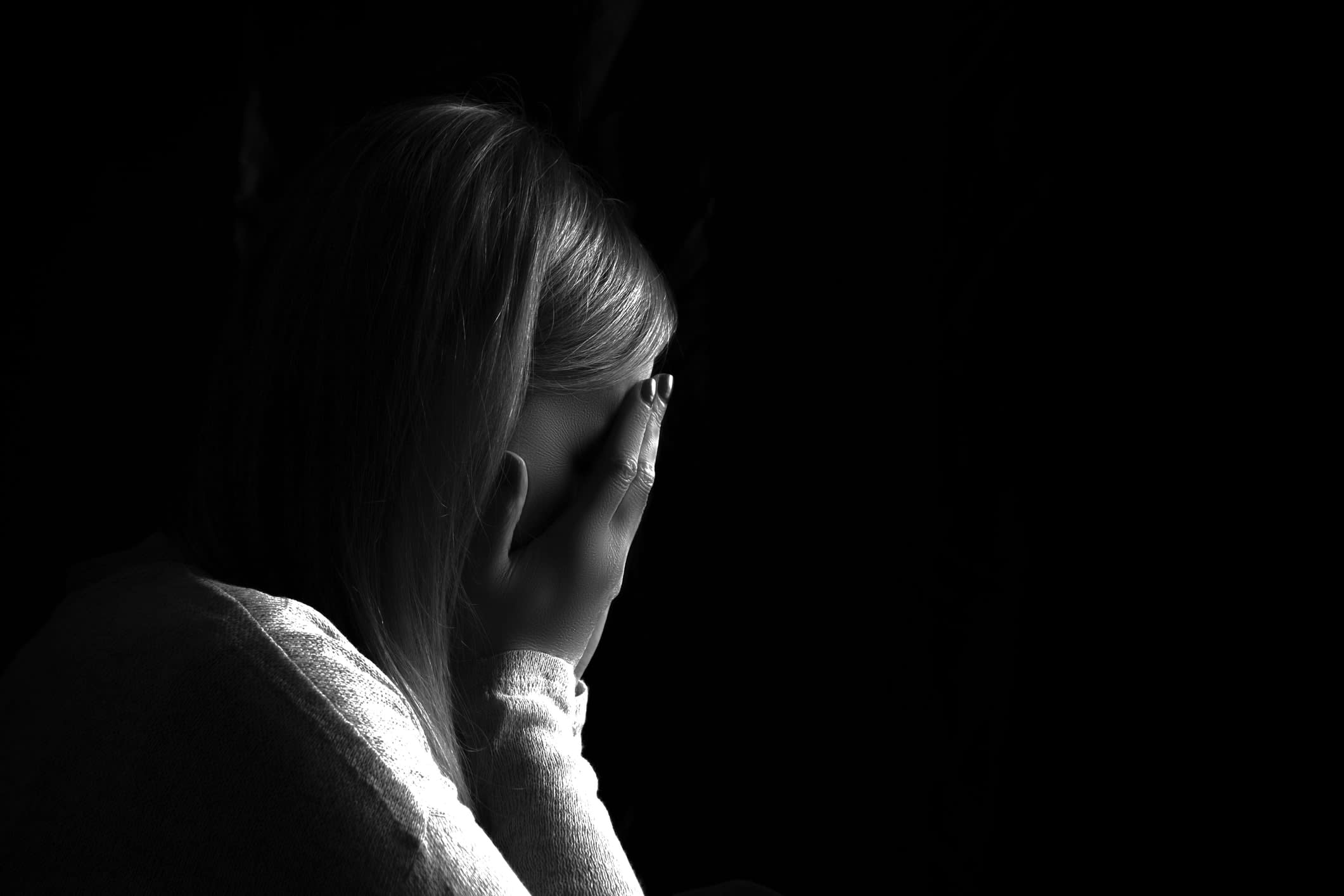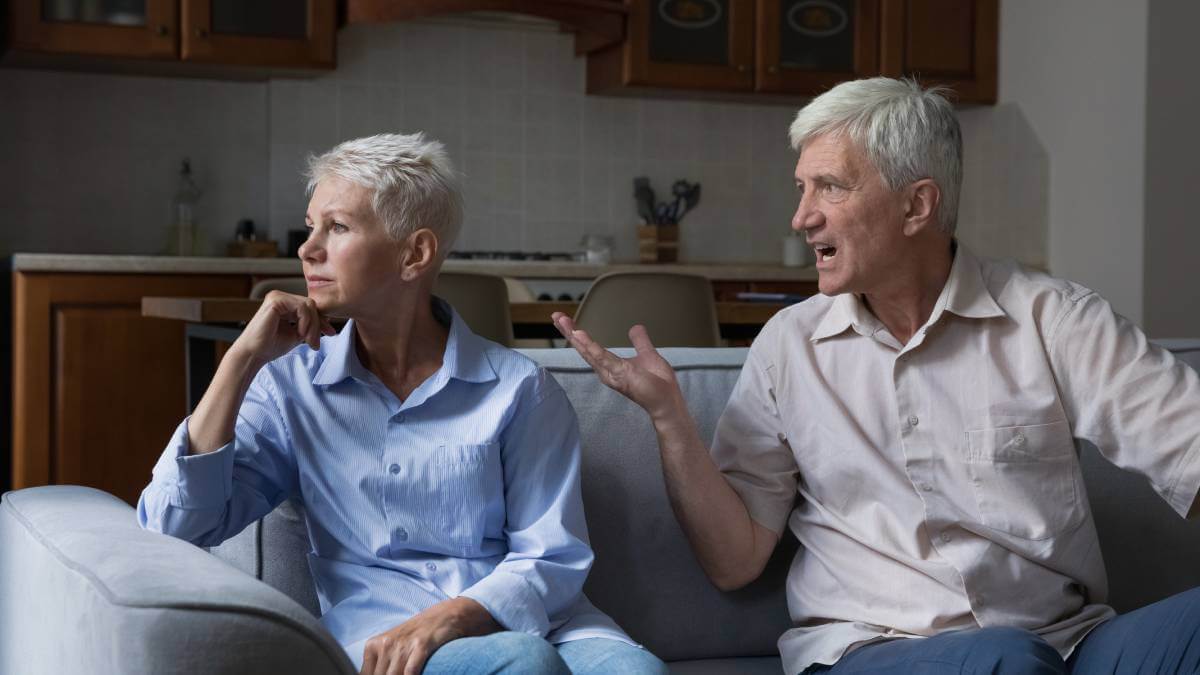In October, the federal government announced $3.5 million to fund a healthy masculinities project trial aimed at tackling negative gender stereotypes perpetuated by dangerous online influencers.
Drawn from funding under the National Plan to End Violence Against Women and Children 2022-32, this trial aims to disrupt messages that drive violence against women and unhelpfully define the ways boys see themselves and each other.
The announcement fell within the same week as the news broke that a young woman, Lillie James, a water polo coach at St Andrew’s Cathedral School in Dydney, was allegedly murdered by a man, Paul Thijssen, who was a sports assistant at the school.
A newsletter published by Thijssen’s former principal, Dr John Collier, in which he described Thijssen as a “fine student” and “a perfect role model”, prompted outrage.
These events indicate we still have a long way to go in both accepting and preventing the causes of men’s violence against women.
While perhaps inadvertent, Dr Collier’s remarks reflect broader community attitudes that frame men’s violence as reactions to provocation rather than premeditated crimes grounded in men’s entitlement and their disrespect for women.
Much-needed funding for an ongoing problem
This funding comes at a time when we’ve faced grave and tragic reminders that violence against women continues at endemic rates across the country.
One woman a week is murdered by her current or former partner in Australia, a third of 18 to 19-year-olds experienced intimate partner violence in the past year, and dangerous masculinity influencers attract millions of views of their extreme toxic content – the most infamous of whom, Andrew Tate, has recently been charged with rape, human trafficking and organised crime.
Research recently published by Women’s Aid in the UK found that young people who consume misogynist content on social media, including Tate’s, had significantly more harmful understandings of relationships, and had greater tolerance of doing harm within their relationships.
Our own research on the influence of Tate on boys’ attitudes and behaviour in Australian schools has uncovered widespread sexism, sexual harassment and misogyny in schools across the country.
Women teachers are expressing serious concerns about boys idolising and celebrating Tate, and viewing him as someone voicing legitimate concerns about men losing power and authority to women.
Teachers have also reported that Tate’s ideas about women and girls have infiltrated their classrooms, and shape the way boys treat them.
The healthy masculinities funding announcement recognises the intersecting harms of dangerous misogynist influencers sharing extremist messages online that damage boys’ views and attitudes towards women, as well as the ongoing crisis of violence against women in Australia.
It’s also important to acknowledge the impact of misogynist content on social media on boys – in particular, to their emotional wellbeing and mental health.
Toxic messages regarding masculinity, such as aligning it with power, wealth, domination, aggression and repressed emotional expression, are just as unhealthy for the boys who are exposed to it as it is for the girls and women around them.
This is why this funding, while pretty meagre, is so crucial. The stakes are high for boys, young men, women and girls, and people of diverse gender identities, and we cannot afford to get it wrong.
Challenging ‘toxic’ masculinity: What actually works?
The funding announcement is promising, but lacks detail on precisely how the funds will be used and what will inform the programs. The government needs to pay close attention to existing research on what effective program interventions look like if this new round of funding hopes to have meaningful impact.
There are two broad types of interventions that attempt to address men’s problematic attitudes and behaviour towards women.
The first focuses on changing masculinity norms in a broad way, in which gendered violence might also be associated as a secondary theme. Australian examples of these types of programs include The Man Cave, Top Blokes and Tomorrow Man.
The international evidence we have on these types of programs suggests that longer-term interventions are better, that one-off engagements are less effective, and that co-designed, peer-led and conversationally-led curricula are effective approaches.
Similarly, evidence suggests that aiming to set up boys as agents of change in their own communities is preferable.
The second type represents those that relate to intimate partner violence (IPV) more explicitly.
A systematic review of such programs found that community involvement was crucial, and that higher numbers of hours of program engagement mattered.
The study also found that all intervention programs managed to reduce rates of sexual violence over time, with similar impacts on risks of IPV but, these programs were found to be less effective in challenging negative attitudes towards women.
An example of an IPV intervention program, Manhood 2.0 – a US-based gender-transformative initiative for men aged 15 to 24 – was highly anticipated by many who work in the sector. But an evaluation of its effectiveness yielded mixed results, and didn’t find a significant intervention effect in reducing sexual violence between Manhood 2.0 and a control group, made up of participants on a job-readiness program.
Clearly, the evidence on what works is mixed. However, these studies still offer important insights for new and emerging interventions, and looking at what works – as well as what doesn’t – will be important for shaping Australia’s response to the ongoing crisis of violence against women.

Advice for the Australian ‘toxic masculinity’ program trial
So, to be clear, we need to avoid one-off presentations or workshops, perhaps sometimes a day or so of content. None of this is especially effective at undoing years of exposure to harmful messaging and even more mundane, normative cultural ideals that lay the foundation for the practice of harmful masculinity.
Ideally, a direct and long-term approach would be taken, preferably working with boys over months or even a year, and drawing on evidence to inform best practice.
It’s also important to ensure the program funding is far-reaching, from schools to sport organisations and other community groups, to higher education and vocational training providers, and social media interventions.
This will not only better capture as many boys and young men as possible, but also ensure appropriate exposure to messaging and modelling comes from multiple sources, all pushing in the same direction.
Effective programs must also take a gender-transformative approach – one that encourages participants to view masculinity as socially constructed, and challenges traditional views on gender and gender stereotypes.
It’s through this approach that boys learn to uncouple dangerous messaging about what defines masculinity from other possibilities for being and living.
The risks with working within narrow frameworks of ‘healthy masculinity’ and identifying only male role models – as some programs do – is that this may actually reinforce some of the narrow and limiting beliefs that create the need for a program in the first place.
We know boys benefit from engagement with people of diverse gender identities across all life stages, and across many social and ethnic backgrounds, and from critical conversations about masculinity.
Boys must be exposed to a broad range of ideas of possibilities for their lives, beyond those that dominate their social media feeds.
The government’s project trial must take these considerations into account, as well as other evidence on what works to challenge harmful messaging encountered by boys and young men online.
This issue is too important, and the stakes too high, for us to keep doing things as we’ve done before.
This article was first published on Monash Lens. Read the original article
What do you think about the idea of ‘toxic masculinity?’ Has violence against women spread to a kevel you never expected to see? Or has it always been that way but without the media attention? Why not share your thoughts in the comments section below?
Also read: Could an online course improve your mental health?


Any violence is toxic, whether it is physical or mental aggressiveness. I grew up in a dysfunctional family. I was a victim of physical violence from my elder brother and a victim of my parents’ coercive control. My brother had a big grudge against my parents, who did not know their responsibility and roles in raising their children. So, my brother took it out on me, naming me the spoiled brat by my parents, and punished me for it. Despite this, I looked after them to the end of their life, but they were never happy because they hated me for my success in life. In any relationship, if anyone wants to have a competition with his/her loved one, it will end up in violence. I remember the times, my mother tried to provoke me to hit her, so she could report me to the police. Another time, my brother wanted to hit my father, and I interrupted his attack. My father wrapped his arms around me, my brother hit me instead. All these events were due to jealousy and hatred because all of us could not communicate our feelings to each other. Eventually, I told them I thought what I thought of them, and they could not blame other members of the family for their inadequacy. It is a sad story, but anger management has a long way to go. It is not just a matter of toxic masculinity. Everyone is responsible in a relationship.
No mention of toxic females then. I have known many families where it is the mother that is the aggressor doing the belittling, physical violence, psychological torment and verbal and psychological abuse. These things are not the province of males. Females are just as capable of bad behaviour and even murder as men are.